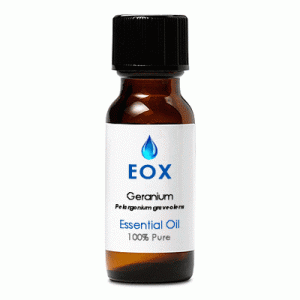|
Characteristics:
The oil is a greenish-olive liquid with a rosy-sweet, minty scent, used widely in perfumery work.
It blends well with lavender, patchouli, clove bud, rose, neroli, sandalwood, jasmine, juniper,
bergamot and other citrus oils.
Principal Constituents: These are naturally occuring in the essential oil.
- citronellol
- geraniol
- linalol
- isomenthone
- menthone
- phellandrene
- sabinene
- limonene
General Actions:    Open Symbols Key
Open Symbols Key
Antidepressant, antihemorrhagic, astringent, cicatrizant, deodorant,
diuretic, fungicidal, hemostatic, stimulant (adrenal cortex), styptic, tonic, vermifuge, vulnerary.
Safety:

Non-toxic, non-irritant, generally nonsensitizing. Possible contact dermatitis in hypersensitive
individuals, especially with the Bourbon type (Madagascar origin).
Primary Therapy Agent:
Acne, congested and dull skin, greasy or oily skin/scalp, cellulitis.
Secondary Therapy Agent:
Bruises, burns, cuts/sores, dermatitis, eczema, hemorrhoids, piles, insect repellent, lice, ringworm,
wounds, wrinkles, mature skin, edema, water retention, poor circulation, low blood pressure, sore throat,
throat infections, tonsillitis, premenstrual tension/PMT, thrush, candida, nervous tension, stress-related
conditions.
Important Note: The information on Florapathics.com is
only provided for educational purposes, and further research should be done on each essential oil to be assured
of its proper usage for each individual. Aromatherapy is not meant to be a replacement for care under a qualified
health professional, but should be considered a complimentary modality.
|









